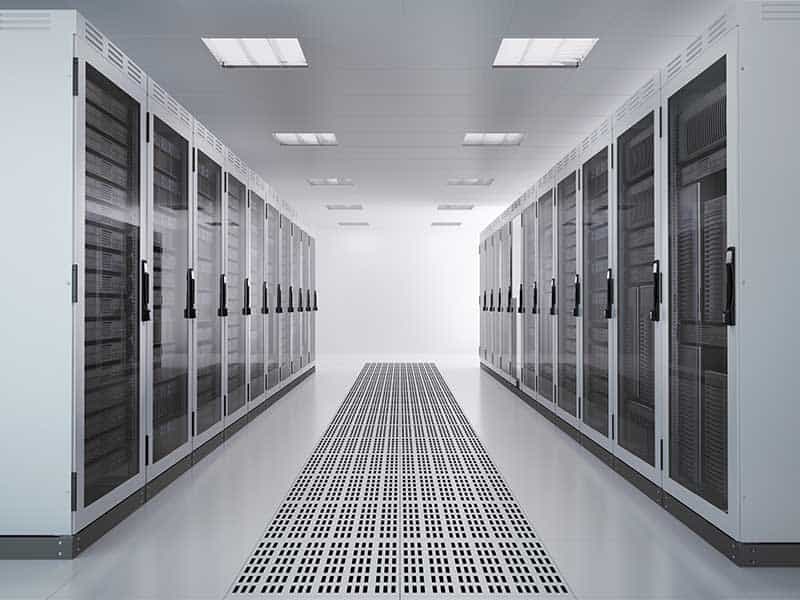
If you are struggling with a hot data center, don’t worry. Energy-efficient cooling is not a pipe dream, there are just some steps that need to be taken first. Reducing energy costs can make a dramatic difference for businesses, but this isn’t the only cost involved. Data center heat that reaches levels that are too high can result in slower operating speeds, reducing the efficiency of workers, and may even impact the life of your systems.
Not Just at Risk From Cyber Threats
When we think of threats to IT systems, the usual suspects that come to mind are malware, hacking, and data breaches. One of the biggest issues businesses have to worry about is system downtime. In the case of excess heat, though, systems can slow down or fail. In either case, there is an immediate impact on productivity that, in a worst-case scenario, could fall to zero.
Before we dive into how a properly installed and calibrated HVAC system can help, it’s a good idea to get some of the basics out of the way.
A Few Helpful Tips
Close the Gaps – When data centers are portrayed on TV shows or in fiction, you might see them set up in someone’s living room or garage. In HBO’s “Silicon Valley” for example, an emergency forces the characters to move their systems from a garage into the back of a truck. The results are disastrous, but not for the reasons they would be in reality.
The truth is that the environment in a data center needs to be tightly controlled, necessitating sealed walls and windows. Otherwise, your HVAC system is going to be inefficient and will have negative impacts on the performance of servers.
Ensure Only Necessary Equipment Is in Use – Extra equipment, typically legacy hardware, might be present and in use where it doesn’t need to be. Not only is older hardware less energy efficient, but it may also hurt your ability to get work done. Yes, new systems are an investment, but you will likely save in the long run by either removing unnecessary IT equipment or upgrading to newer, more efficient systems.
Check With Equipment Manufacturers – The ideal operating temperature of different systems could vary based on need and the hardware itself. Checking with manufacturers, or IT experts, and then coordinating with your HVAC provider is the best way to ensure energy isn’t being wasted on cooling a server room or data center too much. In other words, your data center does not need to be kept like a giant refrigerator. If you are working with an experienced provider like React Industries, you will be able to reach those specific targets.
How Does Data Center Cooling Work?
There are a few ways to think about cooling systems. First is the traditional air conditioner that essentially adds cooled air to a room in order to reduce the temperature. The next, using a chiller or cooling tower, actually removes heat directly from the air by running it by cooled water.
Both systems have their place in data center cooling. Other approaches may take advantage of how hot air rises, while others use heat exchangers to transfer heat directly outside without bringing warmer outside air in. With so many options, it’s important to rely on a provider who can find the ideal solution for your space.
There are a number of approaches to data center cooling that must be integrated together for an effective solution.
Don’t Ignore Preventative Maintenance
HVAC preventative maintenance has a role in the performance of each element of your system but is especially important for data centers. Yes, the benefits usually touted are for energy efficiency but, with critical infrastructure like data centers, system downtime might be the biggest concern.
If your HVAC system shuts down, your data center is soon to follow. There’s no getting around it. Preventative maintenance is one of the best ways to detect small problems before they balloon into catastrophic failure, and our plans are designed to do just that. Reach out to React Industries today to learn about our data center cooling expertise in more detail. We’d be happy to come and take a look at your setup.